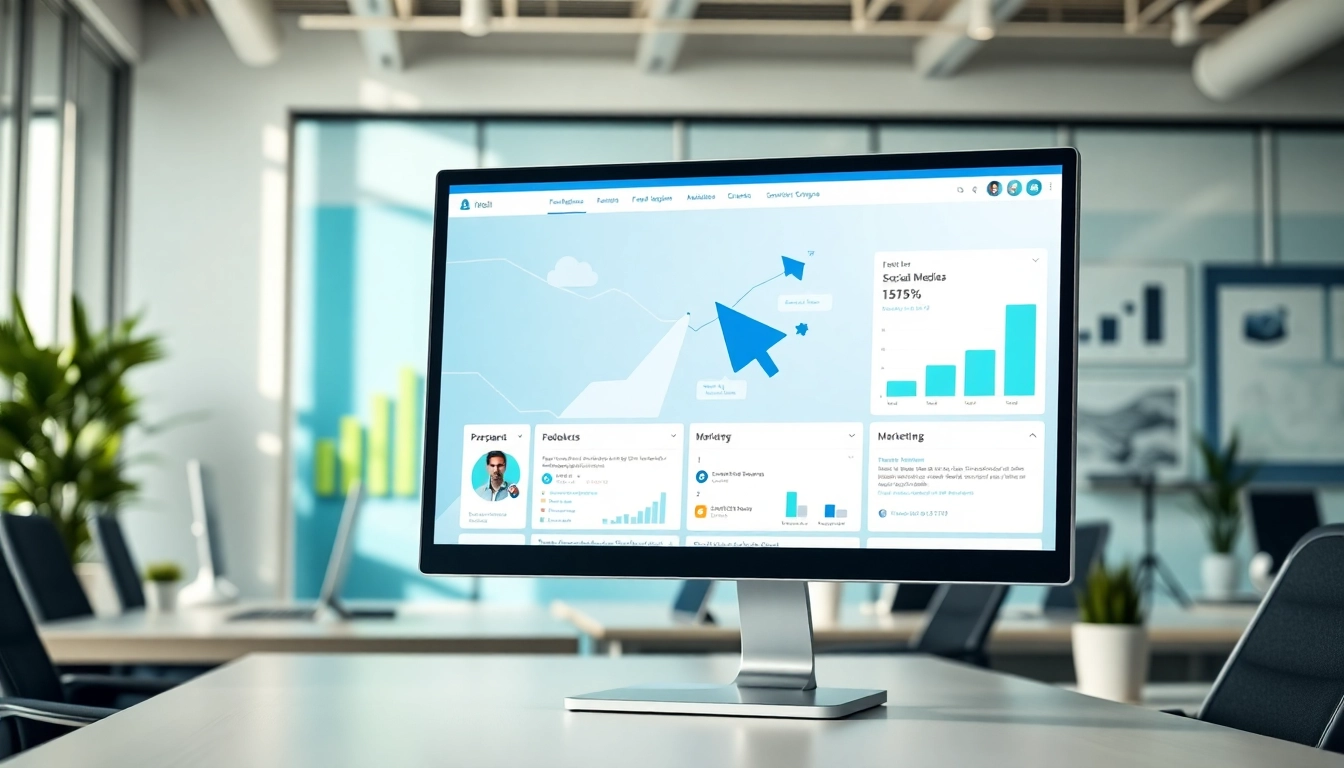Understanding Competitive Intelligence
Definition of Competitive Intelligence
Competitive intelligence refers to the systematic process of gathering, analyzing, and disseminating information about competitors, market trends, and industry dynamics that informs business strategy and decision-making. It is not merely data collection; rather, it involves transforming that data into actionable insights that enhance an organization’s ability to adapt and thrive in a competitive landscape. Competitive intelligence is crucial for understanding the external environment in which a business operates, facilitating better strategic planning and risk management.
Key Components of Competitive Intelligence
The key components of competitive intelligence can be broken down into several distinct categories:
- Competitor Analysis: This involves assessing direct rivals in terms of their strategies, strengths, weaknesses, and market positioning.
- Market Trends: Understanding broader industry trends, emerging technologies, and customer behaviors that could impact business operations.
- Customer Insights: Gaining knowledge about customer preferences and purchasing behavior to better align products and services with market demands.
- Regulatory Environment: Monitoring changes in regulations and ethical standards that could affect your business operations and strategy.
Importance in Strategic Decision-Making
Incorporating competitive intelligence into strategic decision-making processes allows businesses to better forecast market shifts, preempt adversarial actions, and seize opportunities as they arise. Organizations leveraging these insights can avoid costly pitfalls associated with entering saturated markets or misaligning product offerings with consumer demand. By prioritizing competitive intelligence, businesses can foster a proactive rather than reactive approach to market engagement.
Types of Competitive Intelligence
Market Intelligence
Market intelligence focuses on gathering data about the market environment, which includes understanding the size, growth potential, and dynamics of a particular market. This type of intelligence assists businesses in identifying trends that could affect their sales and marketing strategies. For example, tracking competitor movements, analyzing price changes, and assessing customer feedback all contribute to a robust market intelligence framework.
Competitor Intelligence
Competitor intelligence zeroes in on the actions and performance of specific competitors. This intelligence encompasses tracking competitors’ product launches, pricing strategies, marketing campaigns, and overall brand positioning. By analyzing competitor strengths and weaknesses, businesses can refine their own strategies to capitalize on gaps in the market or defend against competitive threats.
Customer Intelligence
Understanding your customers is critical in crafting a value proposition that resonates with your target audience. Customer intelligence involves collecting data about customer preferences, purchasing habits, and feedback. Analyzing this data helps organizations tailor their offerings, improve customer satisfaction, and foster brand loyalty. Implementing customer intelligence ensures that products and services align closely with market expectations.
Methods for Gathering Competitive Intelligence
Research Techniques
Effective competitive intelligence begins with thorough research. Some common techniques include:
- Online Research: Utilizing the internet to gather information from company websites, financial reports, press releases, and social media platforms.
- Surveys and Interviews: Conducting surveys or interviews with industry experts or customers can yield qualitative data that provides deeper insights into market dynamics.
- Trade Shows and Conferences: Attending industry events provides opportunities to network and gather informal intelligence about competitors and market trends.
Utilizing Technology and Tools
Modern technology offers various tools that enhance the capability to collect and analyze competitive intelligence efficiently. Tools such as web scrapers, social media monitoring software, and data analytics platforms can streamline the collection of information. These technologies enable real-time tracking of competitors and market trends, providing timely insights that inform strategic decisions.
Networking and Information Sharing
Engaging with peers, industry groups, and professional networks can also serve as valuable sources of competitive intelligence. Collaborative relationships can facilitate the exchange of insights and perspectives that enrich an organization’s understanding of the competitive landscape. Informal discussions, roundtable meetings, and conferences often reveal critical information that may not be publicly available.
Implementing Competitive Intelligence in Business Strategy
Developing an Effective CI Framework
For competitive intelligence to be impactful, organizations should develop a systematic framework that outlines how data will be collected, analyzed, and utilized across various departments. This framework should specify roles and responsibilities, establish reporting structures, and define critical metrics for performance evaluation. By creating a centralized competitive intelligence function, businesses can ensure coherent strategies that align with organizational goals.
Incorporating CI Insights into Business Planning
Once gathered, the insights from competitive intelligence must be integrated into existing business strategies and planning processes. This may involve developing targeted marketing campaigns based on customer preferences, adjusting pricing strategies in response to competitor actions, or anticipating market shifts. Incorporating CI findings allows organizations to make informed decisions that significantly enhance their competitive positioning.
Measuring the Impact of Competitive Intelligence
To validate the effectiveness of competitive intelligence efforts, businesses must establish key performance indicators (KPIs) that measure the impact of intelligence on decision-making and overall strategy. Metrics such as market share growth, customer acquisition rates, and profitability can provide quantifiable measures to assess the ROI of their competitive intelligence strategies. Regularly reviewing these metrics enables companies to adjust their approaches for continuous improvement.
Ethics and Best Practices in Competitive Intelligence
Understanding Legal Boundaries
While acquiring competitive intelligence is crucial, organizations must navigate legal and ethical considerations diligently. It is important to comply with all relevant laws related to data collection and privacy regulations. Understanding what constitutes unethical practices, such as corporate espionage or misrepresentation, is vital for maintaining corporate integrity while still gaining valuable insights.
Maintaining Integrity in Data Collection
Organizations should strive to uphold high ethical standards in their data collection practices. This includes being transparent about data sourcing and ensuring that methodologies do not infringe on competitors’ rights or privacy. By adopting ethical data gathering practices, businesses can foster trust and credibility within their industry.
Creating a CI Culture within the Organization
Establishing a culture that prioritizes competitive intelligence involves training and educating employees about its value. Encouraging teams to share insights and collaborate on intelligence-gathering initiatives fosters a collective understanding of market dynamics and competitive pressures. An organization characterized by a strong CI culture is better equipped to adapt to changes and innovate effectively.



